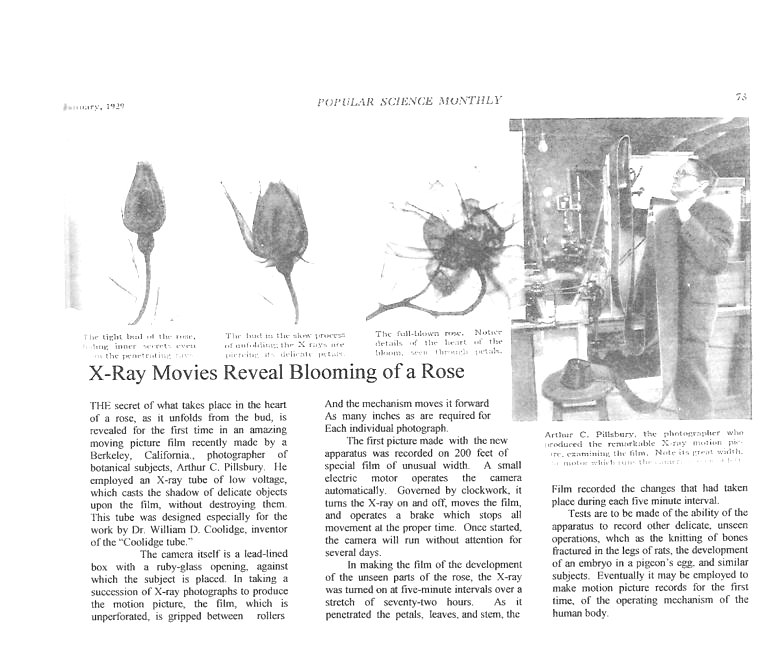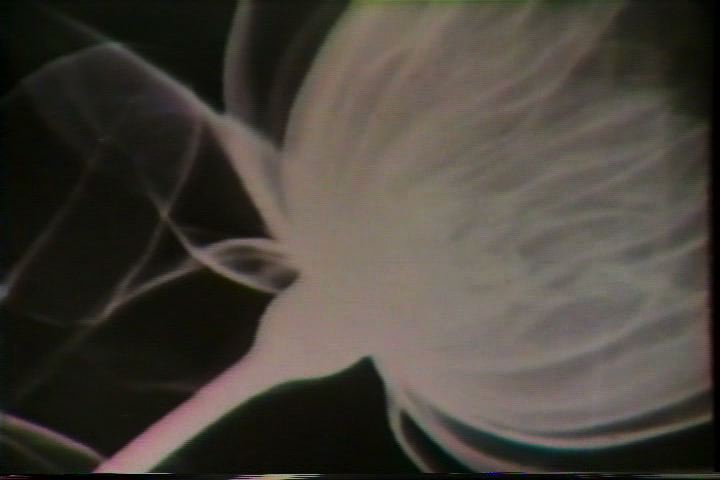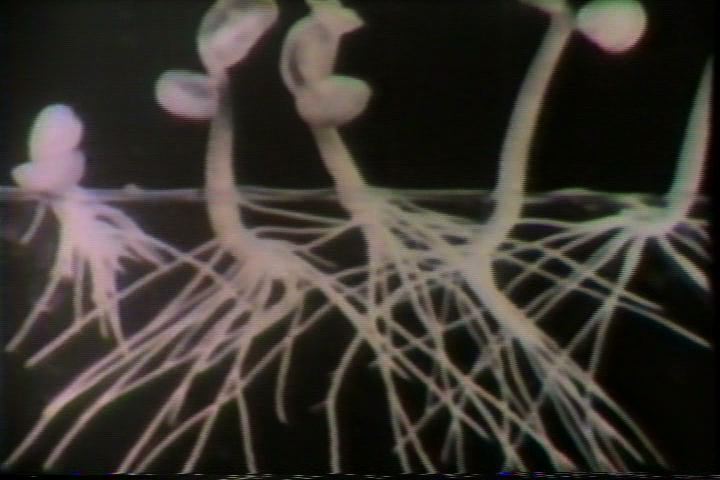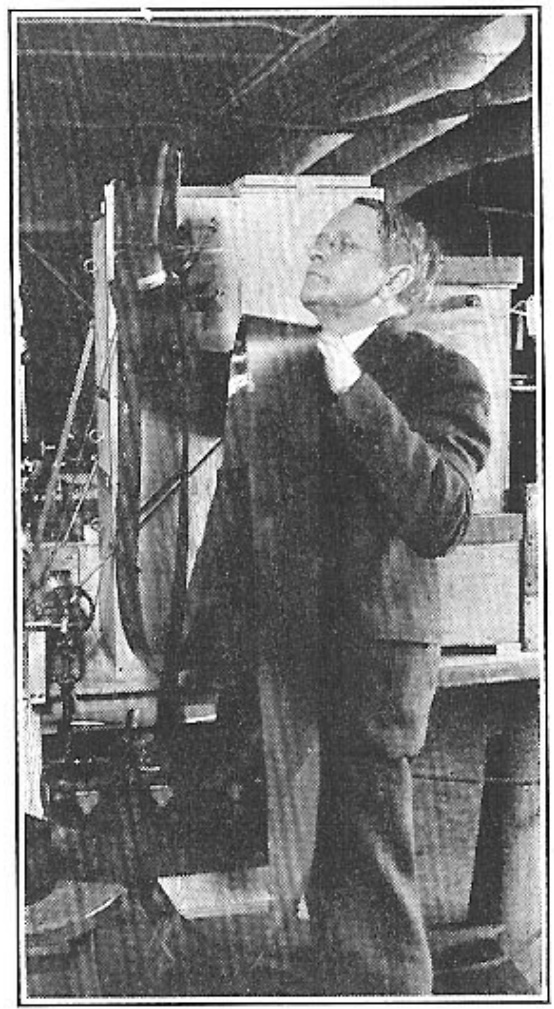We're committed to helping you
X-Ray Motion Picture Camera and Films - 1929
Arthur C. Pillsbury was beginning a lecture tour when the idea of an X-Ray Motion Picture Camera first occurred to him. There, in the Pullman car the idea and what would be required crystallized for him and he began making drawings and details of what would be required. When he arrived in New York he showed his drawing to a doctor who had spent thousands of dollars in perfecting an X-Ray camera. The doctor told him he had spent $10,000 to expose a plate. Always courteous, Pillsbury said nothing, taking the matter up with Dr. Coolidge at General Electric Laboratories. Following his advice as to what kind of tube to purchase a month later he had started construction. Pillsbury's new method did away with the loop and perforations then in common use. Instead, he could set the camera to draw a measured distance, stop it, and repeat the operation as often as he liked. Later, he was granted a patent on the device.
His first subject was a rose. Seeing into the flower as it bloomed and while it moved, is an amazing experience. To people in the 1920 - 1930's seeing images like these changed their world. Watch a short clip, still remaining for the many hours of material which originally existed, on our Home Page in the short film, Extending Human Vision
The article below appeared in Popular Science Monthly's January issue 1929, page 74.




